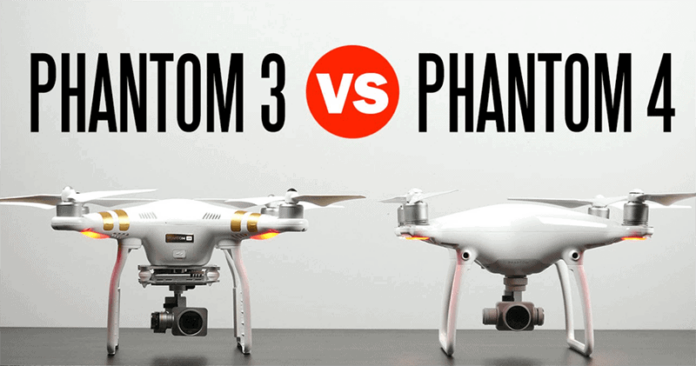Phantom 3 and Phantom 4 are the two most common versions in the DJI Phantom line. Both of them are loved for their outstanding features in spite of a bit high price tag.
DJI is considered one of the best drones available today. You should check out Staaker website for further comparison with other line drones available on the market. However, choosing which version to buy is not just simple. That’s why today we make a comparison between DJI Phantom 3 vs 4, hoping that it can assist your final purchase.
A comparison between DJI Phantom 3 and 4
Design
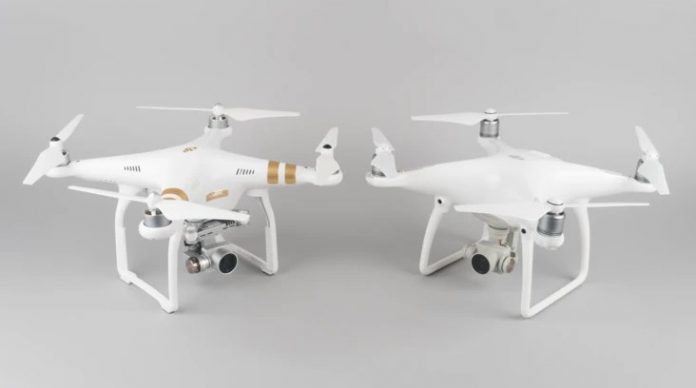
If you compare Phantom 3 and 4 in terms of design, you will see there is not much difference.
Both of them are white, and have four propellers at the top. They have cameras hover under the drones which can snap stills and video surrounding them.
Without the propellers, both of them have almost the same size. Still, the Phantom 4 (3 pounds) is a bit heavier than the Phantom 3 (2.6 pounds).
Ease of use
The Phantom 4 has its own controller. To control it, you do not need any additional devices such as a smartphone or else.
The controller of Phantom 4 has a big screen, which allows you to easily see everything happening with it. Also, it comes with an ergonomic design, so with this feature, you are able to control it easier.
Come to the Phantom 3, you will see there is a box which contains a controller. You have to utilize a DJI app installed on your smartphone to see the video while flying the phantom.
You might find that holding and utilizing the drone is a bit unwieldy, compared to that of the Phantom 4. But, if you have a large screen smartphone, that worry does not matter anymore.
So, from my point of view, the Phantom 4 is the winner in this standard.
Features
Both Phantom 4 and 3 are featured with DJI mobile apps. Many customers agree that they have the same experience using them, regardless of the version they are using.
So, like the design perspective, you will not see much difference in the feature perspective.
Tools of automation
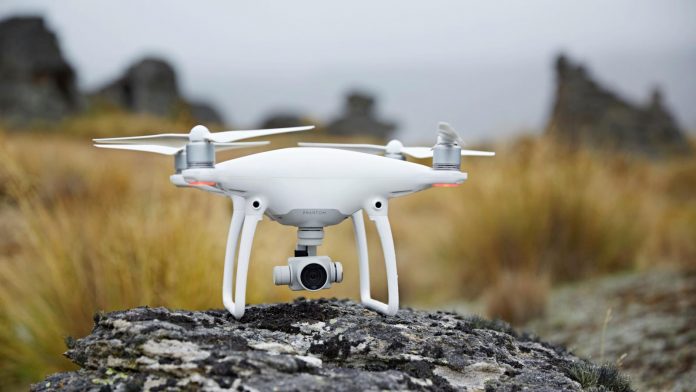
DJI Phantom 4 comes with many advanced technologies. For example, when using it, you can just focus on one single person and follow her/him whenever she/he goes.
What is more, you are able to adjust how far and how high the drone should be to ensure the best performance when recording video.
If you enter into a no-fly zone, both Phantom 3 and 4 can recognize the position you are standing in. You do not need to worry as they can bring themselves down. Yes, there will be no chances to violate the local laws and rules.
For me, Phantom 4 is on top of tracking, performing outstanding features when flying. If you buy Phantom 4, you will think that “I’ve already got the best drone, such a drone that is beaten by nothing”.
Flying indoors and outdoors
Both Phantom 3 and 4 are perfect for flying outside. However, it’s another story when flying them indoors as they are just too big and hard for you to maneuver.
Battery
The battery of DJI Phantom 4 can hold up to 28 minutes when flying before running out. Meanwhile, the battery of Phantom 3 can only deliver a flight time of no more than 25 minutes on every single charge.
Quality of camera
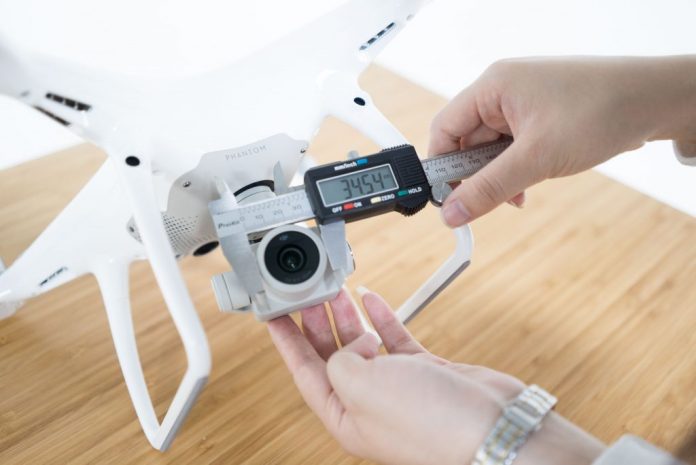
- Video
Phantom 4 is just a powerhouse of video. It provides 4K videos producing about 24 frames for a second. You might be surprised as the maximum bitrate of each video is 60Mbps. The ISO range is from 100 to 3200 which is quite large. Its field-of-view is 94 degrees, which is quite enjoyable.
You can know more at the table of comparison below.
| Phantom 3 | Phantom 4 | |
| Camera | 12.4 MP, f/2.8 35mm lens | 20 MP, f/2.8 – f/11 24mm lens |
| Video formats | MP4, MOV | MP4, MOV |
| Storage | microSD card | microSD card |
| Obstacle sensing | No | Forward, downward, backward, left, right |
| Speed | (ATTI mode) 35.8 mph | (Sport mode) 45 mph |
| Max. flight time | 23 minutes | 30 minutes |
| TapFly and ActiveTrack | No | Yes |
| Video resolution/bitrate | 1280×720, 1920×1080, 4096×2160; 60Mbps | 1280×720, 1920×1080, 4096×2160; 100Mbps |
| Pixels | 4000×3000 | 5472×3648 |
- Photo
The photo camera of Phantom 4 features a sensor of 12-megapixel, providing an ISO range of 100 to 1600. Its camera can produce both burst shooting and single shot, plus auto exposure bracket and time-lapse.
One plus point is its HDR support, which allows your photo to be of amazement as the color is just fantastic. You can save photos in DNG type or JPEG type.
In terms of Phantom 3, it also comes with a sensor of 12-megapixel, like the Phantom 4. The ISO range is also from 100 to 1600. Phantom 3’s camera also supports single shot, bursting shoot, time-lapse, and auto exposure.
However, HDR pictures are not supported in Phantom 3’s camera. Photos taken can also be saved in DNG and JPEG types.
So, the camera quality of DJI Phantom 3 vs 4 is nearly the same, still, many users agree that photos of Phantom 4 are cleaner, sharper and brighter.
Price tag
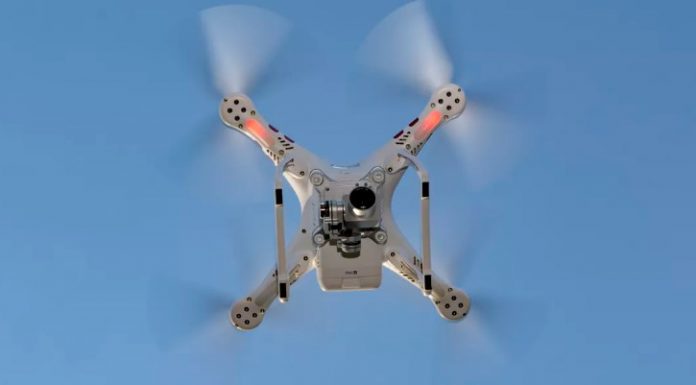
The price of Phantom 3 is a bit lower than the fourth version. So, if you want something that is affordable, go for the third version.
Final words
Above is a detailed comparison between DJI Phantom 3 and Phantom 4. To me, both of them are worth buying. Though the latter is more pricey, it is understandable as its features outweigh the former.
